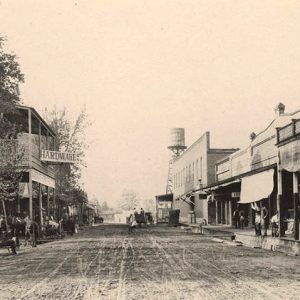 Marianna Street Scene
Marianna Street Scene
Entry Type: Place - Starting with M
 Marianna Street Scene
Marianna Street Scene
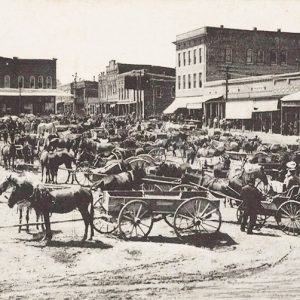 Marianna Street Scene
Marianna Street Scene
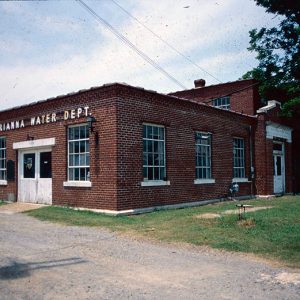 Marianna Waterworks
Marianna Waterworks
Marie (Mississippi County)
Marine Corps Legacy Museum
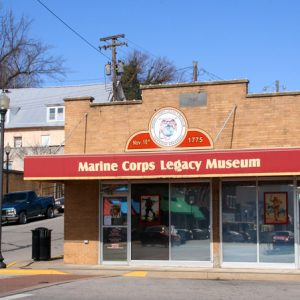 Marine Corps Legacy Museum
Marine Corps Legacy Museum
Marion (Crittenden County)
Marion County
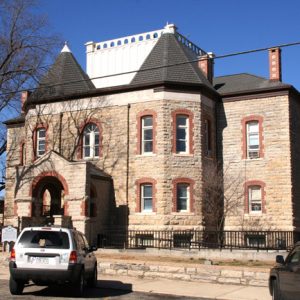 Marion County Courthouse
Marion County Courthouse
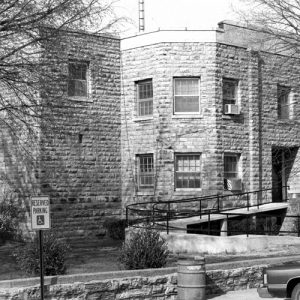 Marion County Courthouse
Marion County Courthouse
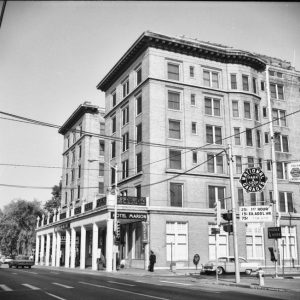 Marion Hotel
Marion Hotel
 Marion Hotel
Marion Hotel
 Mark Martin Museum
Mark Martin Museum
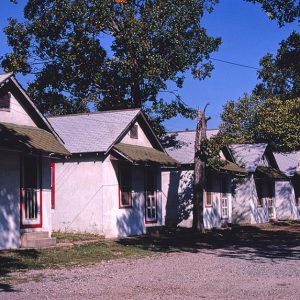 Mark's Motel
Mark's Motel
Marked Tree (Poinsett County)
 Marked Tree Cemetery
Marked Tree Cemetery
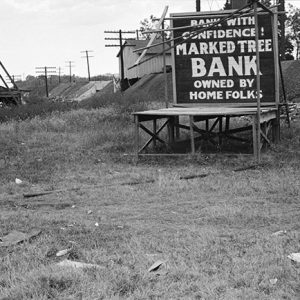 Marked Tree Businesses
Marked Tree Businesses
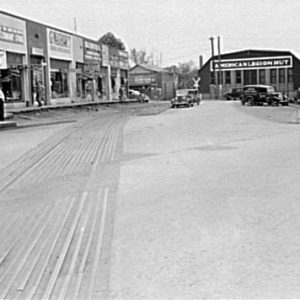 Marked Tree Street Scene
Marked Tree Street Scene
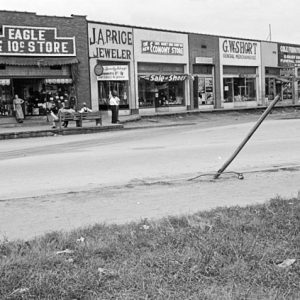 Marked Tree Street Scene
Marked Tree Street Scene
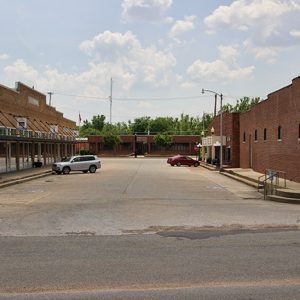 Marked Tree Street Scene
Marked Tree Street Scene
Marks’ Mills Battleground State Park
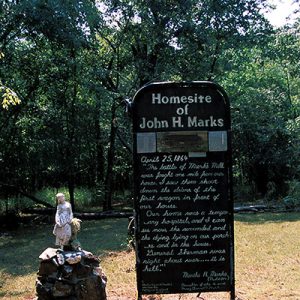 John H. Marks Home Site
John H. Marks Home Site
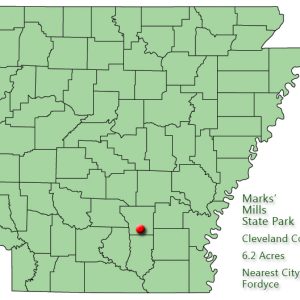 Marks' Mills State Park: Park Location
Marks' Mills State Park: Park Location
Marlsgate and the Dortch Plantation
 Marlsgate Interior
Marlsgate Interior
 Marlsgate
Marlsgate
Marmaduke (Greene County)
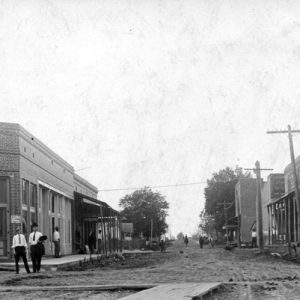 Marmaduke Street Scene
Marmaduke Street Scene
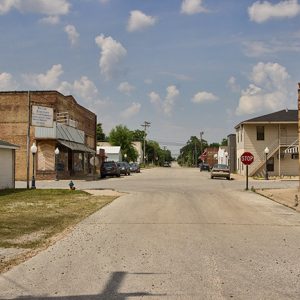 Marmaduke Street Scene
Marmaduke Street Scene
 Marr's Creek Bridge
Marr's Creek Bridge
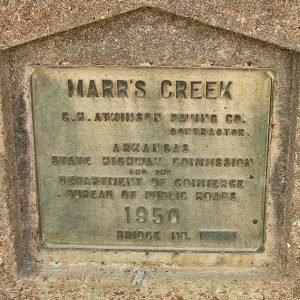 Marr's Creek Bridge Plaque
Marr's Creek Bridge Plaque
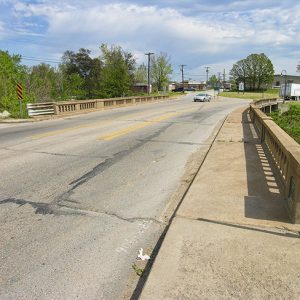 Marr's Creek Bridge
Marr's Creek Bridge
Marshall (Searcy County)
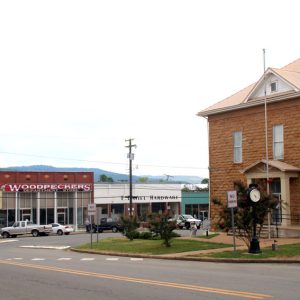 Marshall Courthouse Square
Marshall Courthouse Square
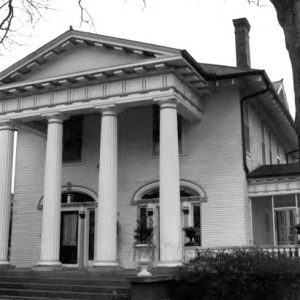 Marshall House
Marshall House
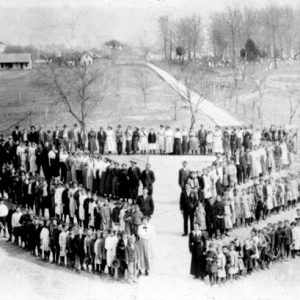 Marshall School
Marshall School
 Marshall Street Scene
Marshall Street Scene
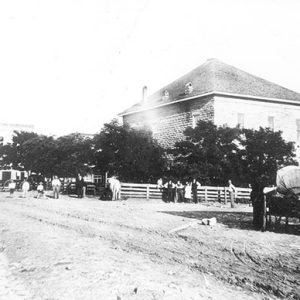 Marshall Street Scene
Marshall Street Scene
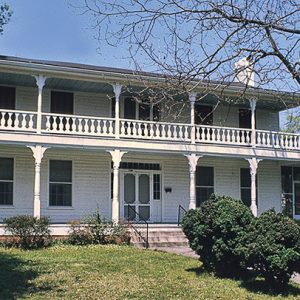 John Wilson Martin House
John Wilson Martin House
 Mark Martin Museum
Mark Martin Museum
Marvell (Phillips County)
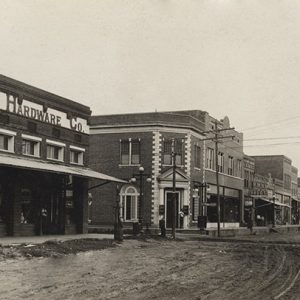 Marvell Street Scene
Marvell Street Scene
Marylake Monastery
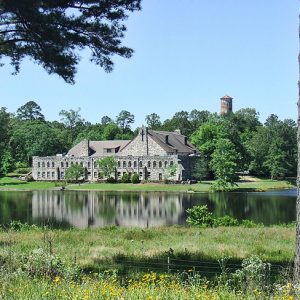 Marylake Monastery
Marylake Monastery
 Dr. James D. Mashburn House
Dr. James D. Mashburn House
 Masonic Lodge 426
Masonic Lodge 426
 Masonic Monument
Masonic Monument
 Masonic Temple
Masonic Temple
Massard Prairie
 Mastodon Display
Mastodon Display




